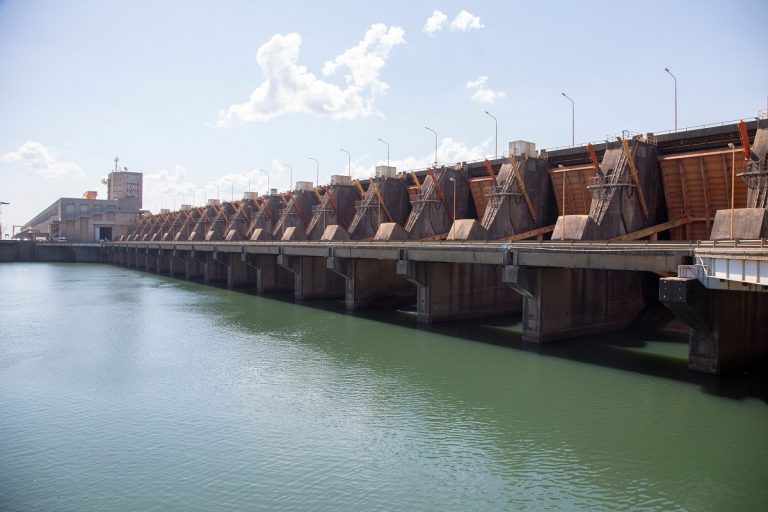China publishes the Logistic Hub Distribution and Construction Plan
China’s National Development and Reform Commission published the Logistic Hub Distribution and Construction Plan through which the Government aims to improve the efficiency of the national logistic network, concentrating traffic onto major arterial roads and promoting the sorting and final delivery of goods through a capillary transport network at local level. Nationally relevant logistic hubs are subdivided into six categories: inter-ports, ports, airports, production and services, freight and cross-border. The Plan aims to develop 10 principal national freight railway routes by selecting 127 cities in which to build 212 logistic hubs (41 inter-ports, 30 ports, 23 airports, 47 production and services, 55 freight and 16 cross-border hubs). The Chinese Government’s short-term objective is to assure the activation of roughly 30 logistic hubs at national level by 2020 and to have 150 by 2025. The development of the hubs singled out by the Government is expected to contribute to the economic growth of these specific geographical areas of the Country. In this perspective, by 2025, 20 logistic-themed economic zones and 30 logistic hubs will have to be built according to the “rational and effective management of available resources, a network of exchange platforms and by fine-tuning the supply chain”. Finally, still by 2025, China intends to enhance the “express” delivery service to the most important international destinations.
As for the management aspect, 10 companies specialised in the construction and management of logistic hubs at national level will be established by 2020, in addition to putting in place an ad hoc sector-specific federation. With respect to intelligent logistics and transportation technologies, the Plan drafted by the Chinese Authorities sets forth the construction of hyper-modern logistic infrastructure such as fully automated ports, intelligent and eco-sustainable storage systems, fully computerised documentation techniques and intelligent intermodal transportation infrastructure.
Lastly, the Plan establishes the construction of between five to ten international logistics networks “capable of reaching the world’s biggest economies”, by harmonising national and international standards. Beijing explicitly proposes to reinforce railway connections between national railway hubs and Europe as well as establish “a strategic cooperation with logistic hubs abroad” and connect China’s main maritime and fluvial ports to the major airports and maritime ports around the world, in order to be able to reach a larger number of destinations.






